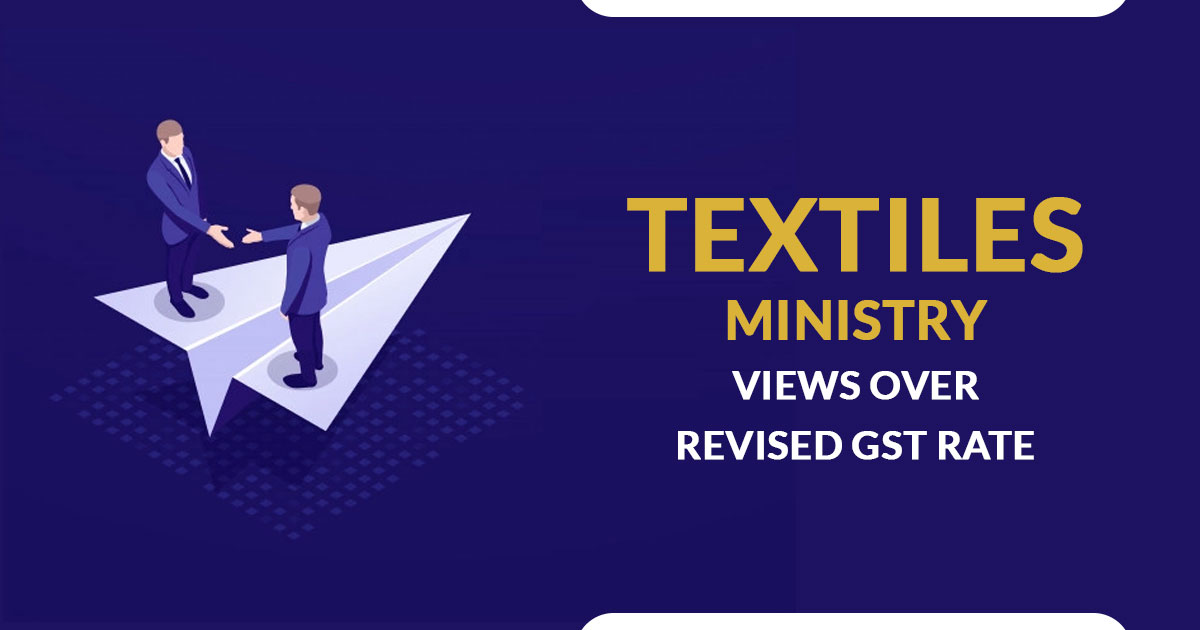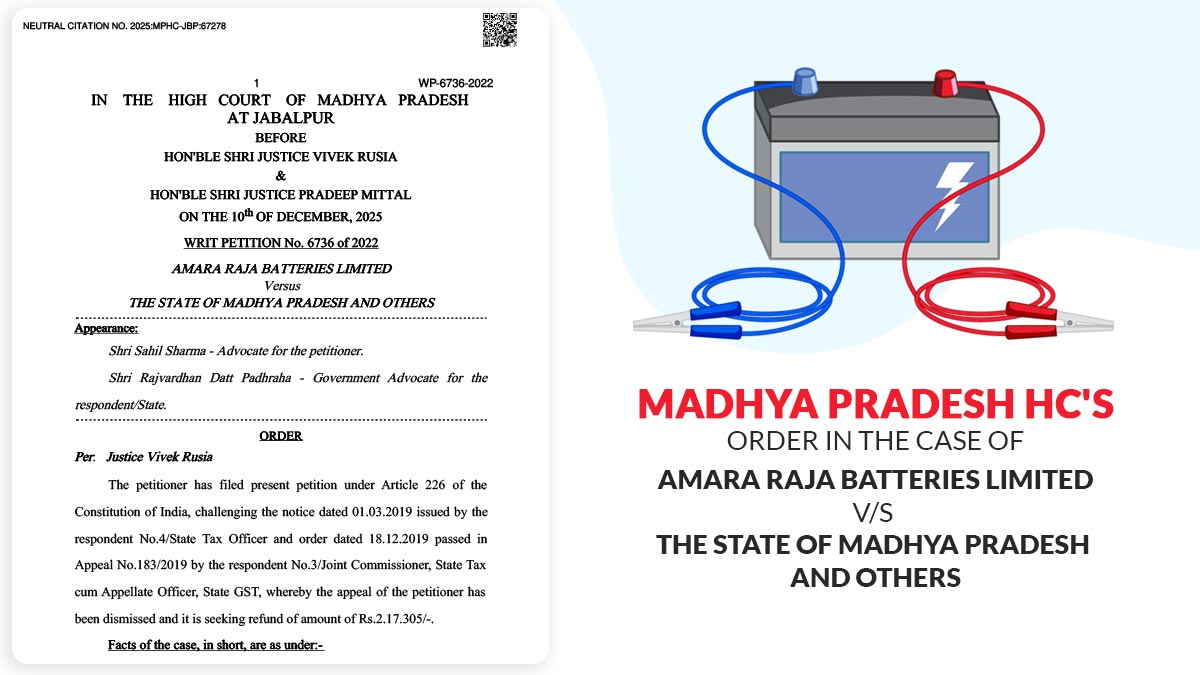
GST rates revision which is subjected to apply to the textile industry to rectify the tax anomaly dated 1st Jan and this helps in securing the money used as working of businesses and lessens the compliance load and solves the ITC concerning issues the textiles ministry.
GST officials decided to amend the tax anomaly known as the inverted duty structure. It is a sort of scenario in which the tax on the raw materials is much more with respect to the finished products. The government in the last week has urged that the latest GST rates for the textile and footwear industry.
It is revealed from the sources that 18 items consisting of woven fabrics of cotton, silk, and wool, coir mats, matting and floor covering apparel, and clothing accessories of sale value up to Rs. 1,000 and footwear priced up to Rs.1,000 a pair were relocated from the 5% slab to 12% slab.
The Ministry of textiles said that the latest rate of constant GST rate of 12% subjected to manmade (synthetic) fibre, man-made fibre yarn, manmade fabrics, and apparel directed towards the inverted tax structure in the man-made textile value chain.
The rates before the revision impose the effect on the manmade fibre, manmade fibre yarn and manmade fibre fabrics are 18%, 12%, and 5% correspondingly. The taxation of inputs at higher rates than finished products created a build-up of credits and cascading costs. It further led to the accumulation of taxes at various stages of the manmade fibre value chain and blockage of crucial working capital for the industry, the textile ministry said.
The revised rates shall assist the portion to rise and shall help in increasing employment to the country mentioned by the ministry. The former tax is subjected to the situation in which the businesses shall not enable to practice the tax credits so as to make up the final output tax liability, as this takes up to collect the tax credits which are not used.
Read Also: GST Impact on Textile Industry in India
“Though there is a provision in GST law to claim the unutilised input tax credit (ITC) as a refund, but there were other complications and resulted more compliance burden. The inverted tax structure caused an effective increase in the rate of taxation of the sector. The world textiles trade has been moving towards manmade fibre but India was not able to take advantage of the trend as its manmade fibre segment was throttled by an inverted tax regime,”
The same 12% GST imposition appears to support developing the sector. The constant rate of 12% towards the complete value chain of the manmade fibre textiles sector is an advantage and saves the working capital. It shall diminish the load of the compliance and guidelines for the manufacturer in the sector. A constant rate of GST shall assist the inverted tax structure as mentioned by the ministry.









